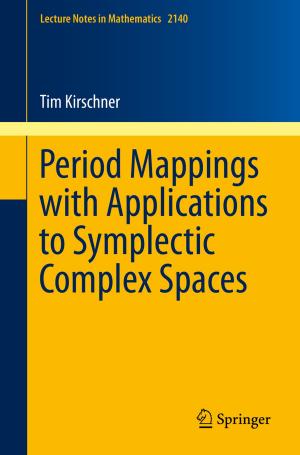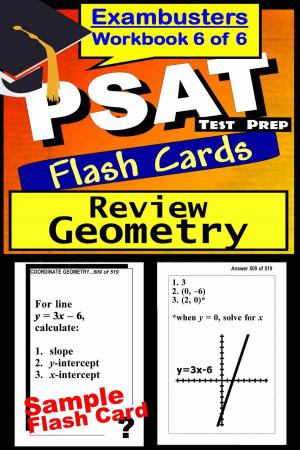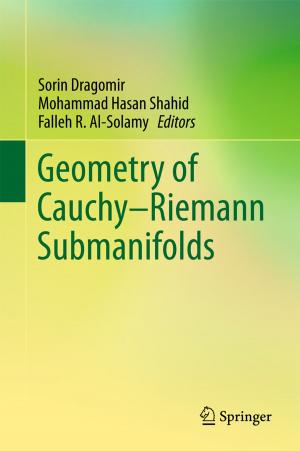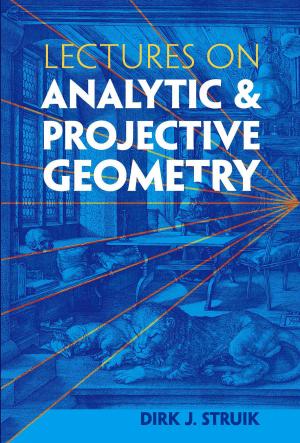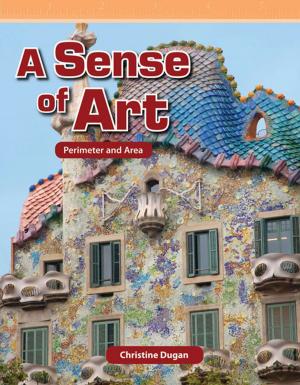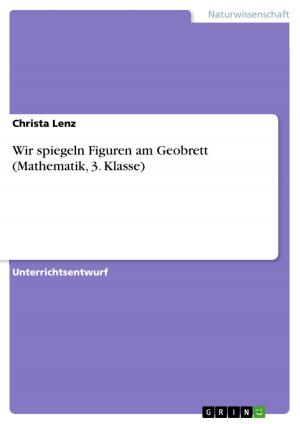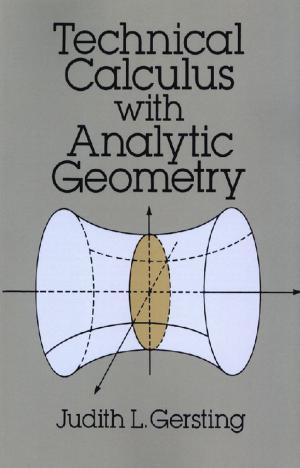How to Draw a Straight Line: A Lecture on Linkages (Illustrated)
Nonfiction, Science & Nature, Mathematics, Vector Analysis, Geometry| Author: | A. B. Kempe, B.A | ISBN: | 1230000119883 |
| Publisher: | Kempe | Publication: | April 6, 2013 |
| Imprint: | Language: | English |
| Author: | A. B. Kempe, B.A |
| ISBN: | 1230000119883 |
| Publisher: | Kempe |
| Publication: | April 6, 2013 |
| Imprint: | |
| Language: | English |
How to Draw a Straight Line: A Lecture on Linkages (Illustrated) by A. B. KEMPE, B.A.
This Lecture was one of the series delivered to science teachers last summer in connection with the Loan Collection of Scientific Apparatus. I have taken the opportunity afforded by its publication to slightly enlarge it and to add several notes. For the illustrations I am indebted to my brother, Mr. H. R. Kempe, without whose able and indefatigable cooperation in drawing them and in constructing the models furnished by me to the Loan Collection I could hardly have undertaken the delivery of the Lecture, and still less its publication.
~Crown Office Row, Temple
The great geometrician Euclid, before demonstrating to us the various propositions contained in his Elements of Geometry, requires that we should be able to effect certain processes.
These Postulates, as the requirements are termed, may roughly be said to demand that we should be able to describe straight lines and circles. And so great is the veneration that is paid to this master-geometrician, that there are many who would refuse the designation of “geometrical” to a demonstration which requires any other construction than can be effected by straight lines and circles. Hence many problems— such as, for example, the trisection of an angle—which can readily be effected by employing other simple means, are said to have no geometrical solution, since they cannot be solved by straight lines and circles only.
It becomes then interesting to inquire how we can effect these preliminary requirements, how we can describe these circles and these straight lines, with as much accuracy as the physical circumstances of the problems will admit of.
HOW TO DRAW A STRAIGHT LINE: As regards the circle we encounter no difficulty. Taking Euclid’s definition, and assuming, as of course we must, that our surface on which we wish to describe the circle is a plane, (1)1 we see that we have only to make our tracing point preserve a distance from the given center of the circle constant and equal to the required radius. This can readily be effected by taking a flat piece of any form, such as the piece of cardboard I have here, and passing a pivot which is fixed to the given surface at the given center through a hole in the piece, and a tracer or pencil through another hole in it whose distance from the first is equal to the given radius; we shall then, by moving the pencil, be able, even with this rude apparatus, to describe a circle with considerable accuracy and ease; and when we come to employ very small holes and pivots, or even large ones, turned with all that marvelous truth which the lathe affords, we shall get a result unequalled perhaps among mechanical apparatus for the smoothness and accuracy of its movement. The apparatus I have just described is of course nothing but a simple form of a pair of compasses, and it is usual to say that the third Postulate postulates the compasses.
But the straight line, how are we going to describe that?
Euclid defines it as “lying evenly between its extreme points.” This does not help us much. Our text-books say that the first and second Postulates postulate a ruler (2). But surely that is begging the question. If we are to draw a straight line with a ruler, the ruler must itself have a straight edge; and how are we going to make the edge straight? We come back to our starting-point.
How to Draw a Straight Line: A Lecture on Linkages (Illustrated) by A. B. KEMPE, B.A.
This Lecture was one of the series delivered to science teachers last summer in connection with the Loan Collection of Scientific Apparatus. I have taken the opportunity afforded by its publication to slightly enlarge it and to add several notes. For the illustrations I am indebted to my brother, Mr. H. R. Kempe, without whose able and indefatigable cooperation in drawing them and in constructing the models furnished by me to the Loan Collection I could hardly have undertaken the delivery of the Lecture, and still less its publication.
~Crown Office Row, Temple
The great geometrician Euclid, before demonstrating to us the various propositions contained in his Elements of Geometry, requires that we should be able to effect certain processes.
These Postulates, as the requirements are termed, may roughly be said to demand that we should be able to describe straight lines and circles. And so great is the veneration that is paid to this master-geometrician, that there are many who would refuse the designation of “geometrical” to a demonstration which requires any other construction than can be effected by straight lines and circles. Hence many problems— such as, for example, the trisection of an angle—which can readily be effected by employing other simple means, are said to have no geometrical solution, since they cannot be solved by straight lines and circles only.
It becomes then interesting to inquire how we can effect these preliminary requirements, how we can describe these circles and these straight lines, with as much accuracy as the physical circumstances of the problems will admit of.
HOW TO DRAW A STRAIGHT LINE: As regards the circle we encounter no difficulty. Taking Euclid’s definition, and assuming, as of course we must, that our surface on which we wish to describe the circle is a plane, (1)1 we see that we have only to make our tracing point preserve a distance from the given center of the circle constant and equal to the required radius. This can readily be effected by taking a flat piece of any form, such as the piece of cardboard I have here, and passing a pivot which is fixed to the given surface at the given center through a hole in the piece, and a tracer or pencil through another hole in it whose distance from the first is equal to the given radius; we shall then, by moving the pencil, be able, even with this rude apparatus, to describe a circle with considerable accuracy and ease; and when we come to employ very small holes and pivots, or even large ones, turned with all that marvelous truth which the lathe affords, we shall get a result unequalled perhaps among mechanical apparatus for the smoothness and accuracy of its movement. The apparatus I have just described is of course nothing but a simple form of a pair of compasses, and it is usual to say that the third Postulate postulates the compasses.
But the straight line, how are we going to describe that?
Euclid defines it as “lying evenly between its extreme points.” This does not help us much. Our text-books say that the first and second Postulates postulate a ruler (2). But surely that is begging the question. If we are to draw a straight line with a ruler, the ruler must itself have a straight edge; and how are we going to make the edge straight? We come back to our starting-point.

